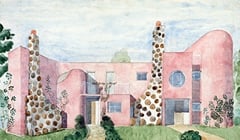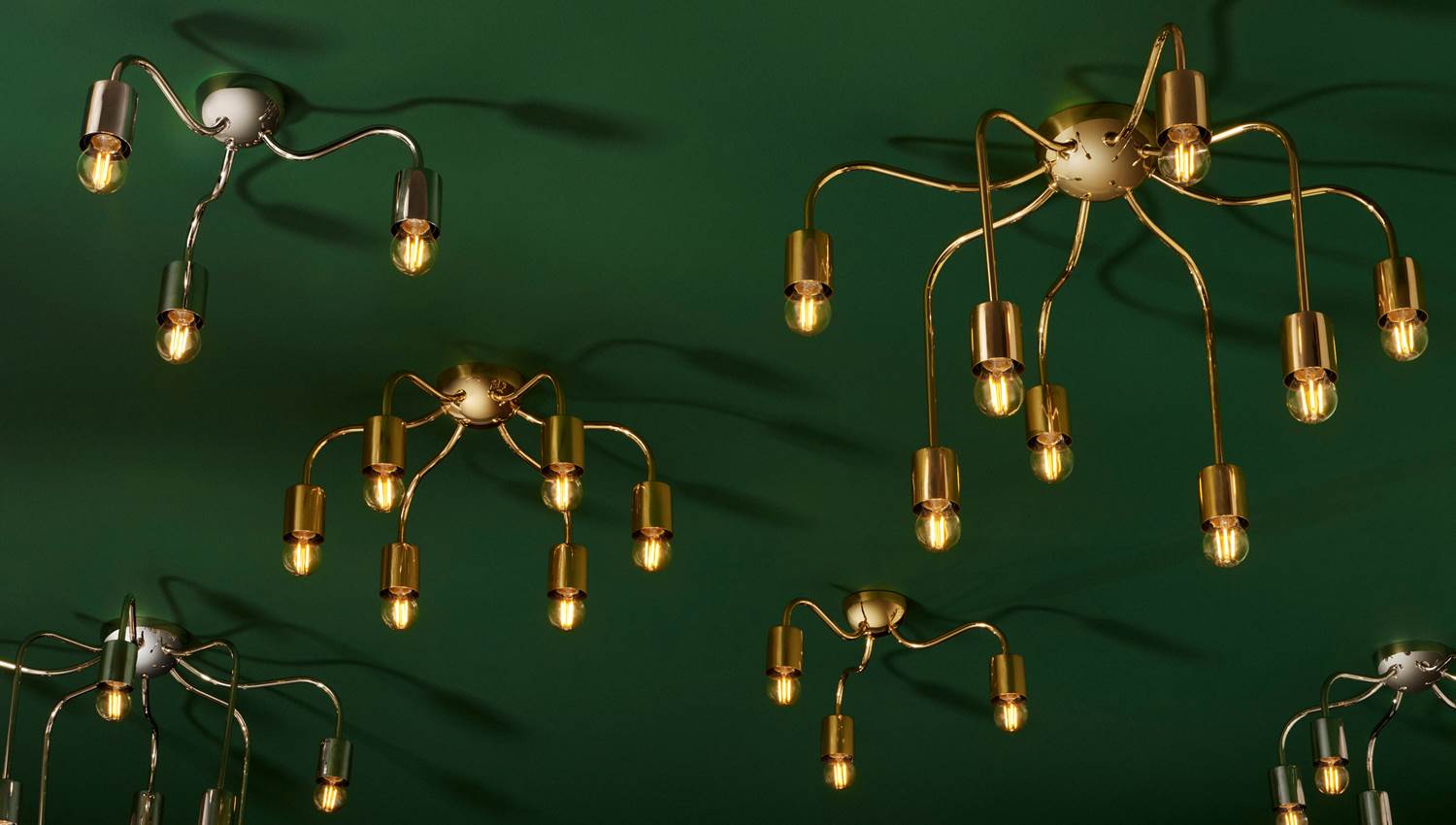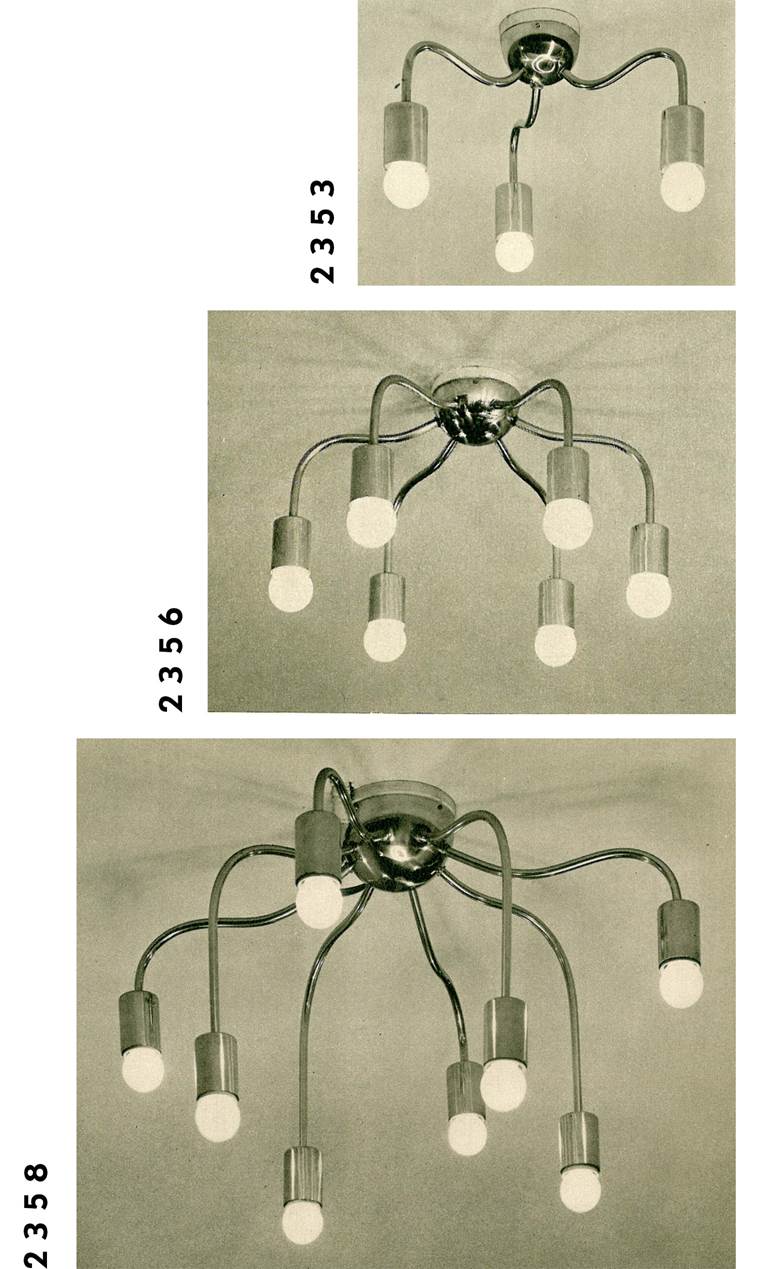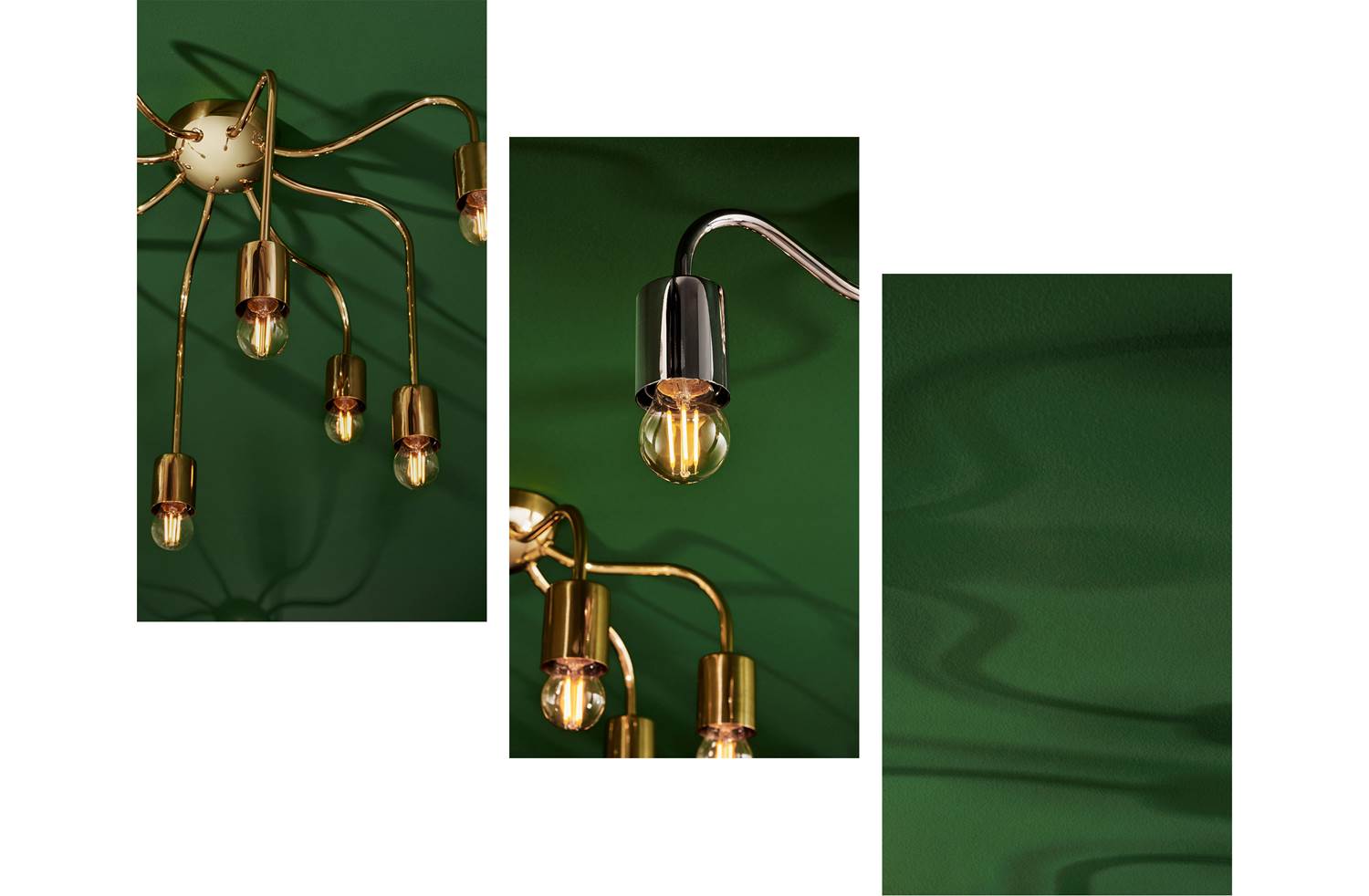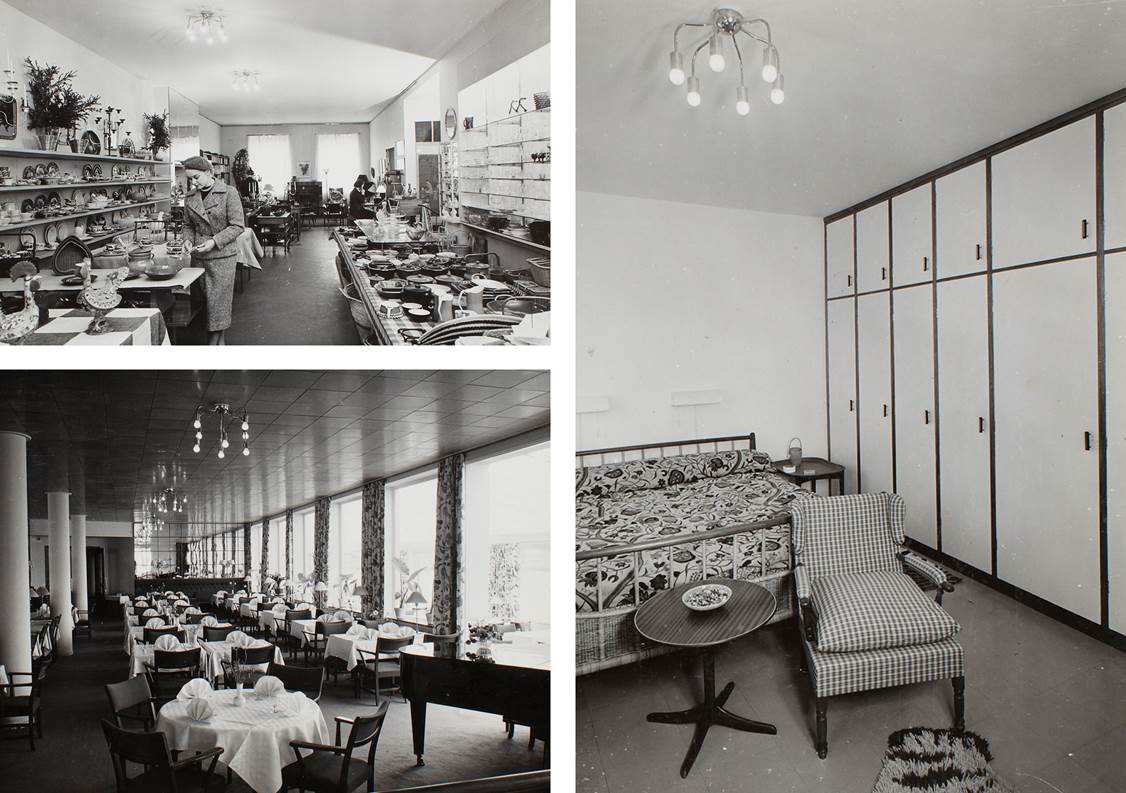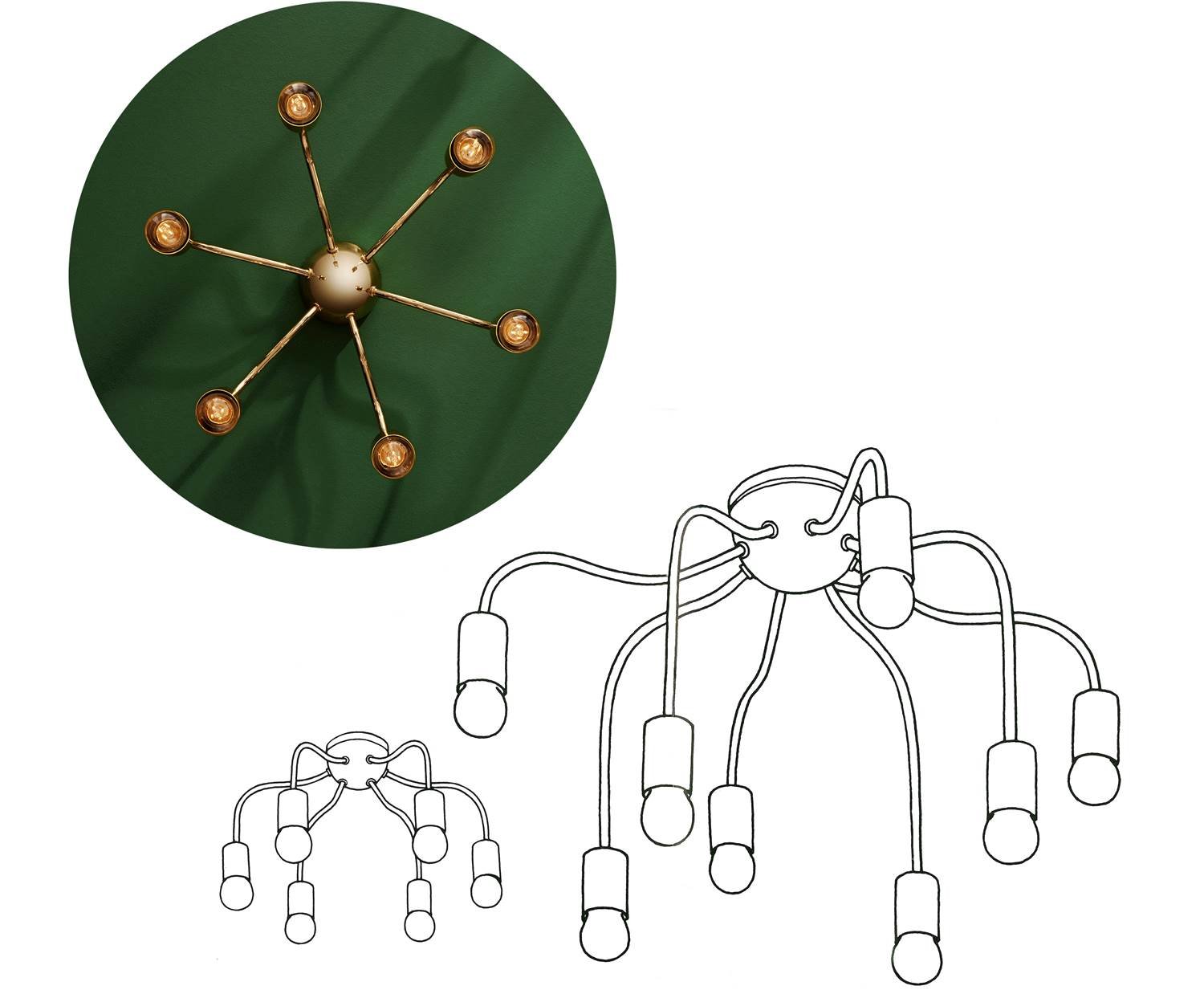As early as in the 1920s, Josef Frank began designing lamps for his own interior design company Haus und Garten, which he started together with his architect colleague Oskar Wlach. A decade later, when he moved to Sweden in 1933, he brought some of his first sketches with him to Svenskt Tenn. One of them was the so-called “Spider lamp”, which still hangs in Villa Beer, one of the private homes that Josef Frank designed in Vienna.
- Gifts
- Josef Frank
- Textiles
-
Table setting
Back See all within Table setting
- Cutlery
- Trays
- Tablecloths & Runners
- Table setting details
- Glasses & Cups
- Jugs & Carafes
- Napkins & Napkin Holders
- Plates & Bowls
- Placemats, Trivets & Coasters
- Serving plates & Platters
- Drink Accessories
- Accessories
- Wallpaper
- Lighting
- Pewter
- Furniture
- Fashion
- Contact
- Services
- Inspiration
- Magazine
- Exhibitions
- About Svenskt Tenn
-
Country












